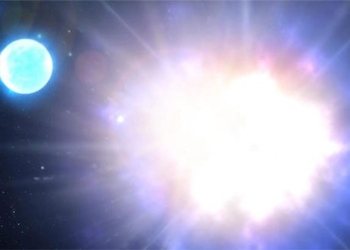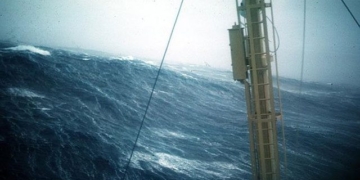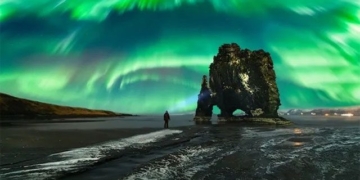Scientists have discovered that salt glaciers may exist on the planet closest to the Sun, Mercury, and as a result, life could potentially thrive beneath these glaciers.
The temperature on Mercury can reach up to 430 degrees Celsius during the day and drop to -180 degrees Celsius at night.
With this new finding, scientists believe that even in the harshest conditions on Mercury, life may still be able to exist.

Surface of Mercury. (Photo: NASA/JPL).
According to a report published in the journal Planetary Science, a team of scientists from the Planetary Science Institute in Arizona, USA, found that the salt glaciers on Mercury likely create conditions suitable for life, similar to some of the most extreme environments on Earth where microbial life thrives.
“Specific salt compounds on Earth create small but suitable niches for life, similar to the conditions of the arid Atacama Desert in Chile,” said report author Alexis Rodriguez from the Planetary Science Institute.
Based on what occurs on Earth, experts suggest that areas near the surface of Mercury may be more conducive to life than the planet’s harsh surface.
Locations beneath the surface of Mercury’s salt glaciers also indicate that the Solar System is likely to possess what are referred to as “depth-dependent Goldilocks zones.”
If the Goldilocks zone is simply the area capable of supporting life, “depth-dependent Goldilocks zones” refer to regions on planets or other celestial bodies that may allow life to emerge at specific depths, providing the most favorable living conditions.
“The groundbreaking discovery of salt glaciers on Mercury has expanded our understanding of the environmental fringes that could allow life to flourish,” said team leader Rodriguez.





















































